
The Posner Center for International Development, located in Denver, Colorado, is an organization that displays the convergence of over 30 companies working together to help create better living conditions for the world’s poor while also addressing environmental issues. These companies work together to come up with creative and innovative solutions that can help those in poverty while also staying environmentally friendly. While these individual companies already create positive impact, their collaboration can only significantly boost the results.
Bridges to Prosperity is one of the organizations that has joined the Posner Center for International Development. Bridges to Prosperity plans and builds bridges over rivers all over the world. While building a bridge over a river may seem like a small development, it can be life altering. In villages with little transportation, most of the world’s poor depend on walking to reach their destinations. Bridges give them a safe means of transport, whether it is to school, a hospital, to work, etc. So far, Bridges to Prosperity has had projects in South America, Asia, Africa, and Central America.
Another such organization is Nokero, short for “no kerosene.” Nokero’s attempt to eliminate kerosene lights that are harmful to the environment is ambitious but possible. They hope to replace these kerosene lamps with solar lights, which are energy efficient and environmentally friendly. Engineers at Nokero have also developed a solar powered cell phone charger. Such valuable technology is affordably priced and cost effective.
Nokero and Bridges to Prosperity are just two of the 35 organizations working at the Posner Center for International Development. Whether it’s with seemingly simple solutions like building bridges to make transportation easier, or with life changing technologies that bring power to a neighborhood, these organizations’ attempts to change the world are indeed powerful and inspiring. Their collaborative efforts will only result in bigger and better ideas and innovations for the future.
– Aalekhya Malladi
Sources: The Denver Post, Posner Center for International Development, Bridges to Prosperity, Nokero
Photo: Hosted

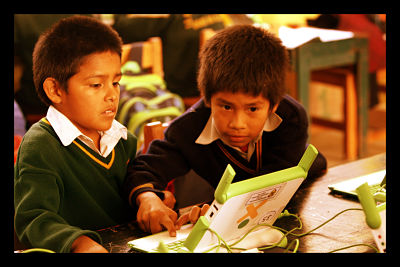
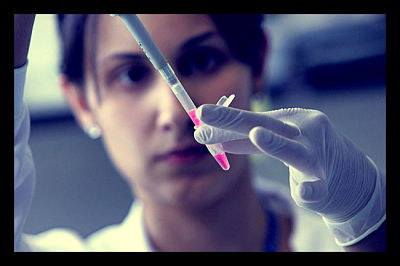
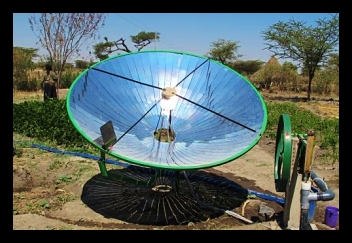 Watering crops has traditionally been a massive burden on poor farmers, requiring hours of hauling buckets from the nearest water source. Solar pump technology presents an opportunity for these farmers to harness the energy of the sun and pump water to their crops. But this technology is still too expensive to impact rural poverty.
Watering crops has traditionally been a massive burden on poor farmers, requiring hours of hauling buckets from the nearest water source. Solar pump technology presents an opportunity for these farmers to harness the energy of the sun and pump water to their crops. But this technology is still too expensive to impact rural poverty.
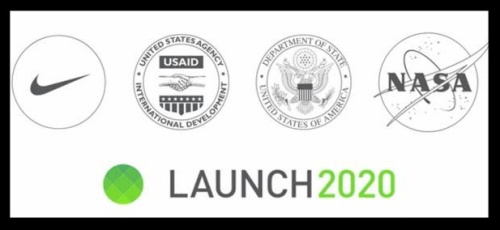
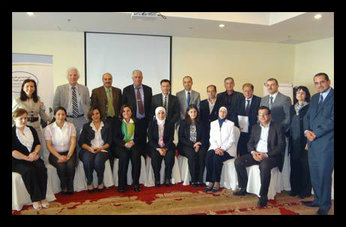

 On May 21, 2013, USAID issued a new global water strategy, the government’s first comprehensive integration of water security into all US development funding and programs.
On May 21, 2013, USAID issued a new global water strategy, the government’s first comprehensive integration of water security into all US development funding and programs.